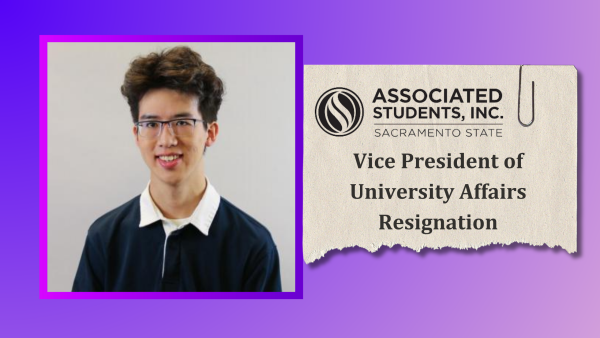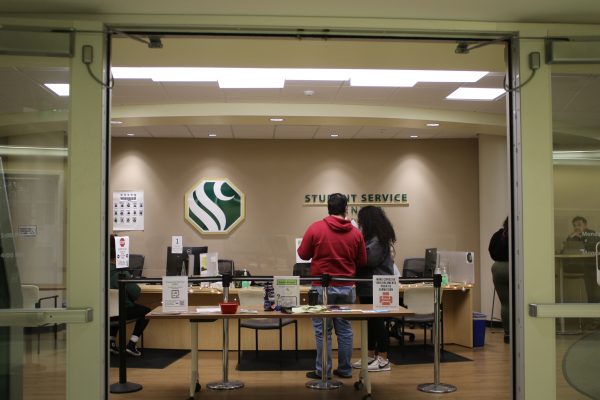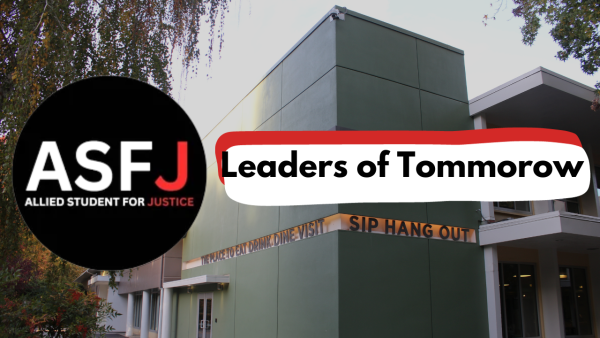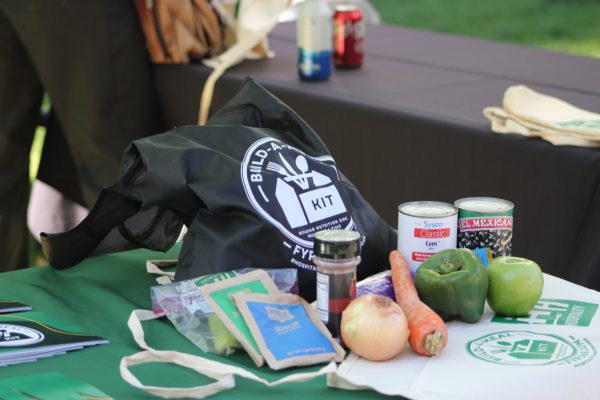Vets arrive to impaction
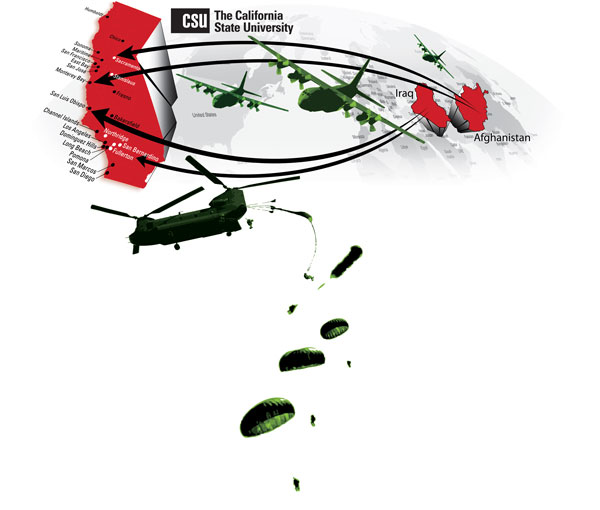
November 30, 2011
Sacramento State’s admissions arms are at the ready for U.S. veterans returning from Iraq and Afghanistan next year.
“(Sac State) President (Alexander) Gonzalez has made veterans a priority, however we need the folks at the state capitol to fund our universities,” said Director of Veterans Services Jeff Weston.
In 2010, the California State University system had 4,282 enrolled veterans, said Stephanie Thara, CSU spokeswoman.
Thara said it is uncertain how the CSU system will be affected by the withdrawal of military operations.
“The CSU will continue to encourage veterans to take advantage of the myriad of programs and services that guide veterans toward gaining a degree and aid them in integrating back into civilian life,” Thara said.
The university accepted 88 veterans for spring 2012, said Mateo Avila, veteran admissions coordinator, but exact enrollment numbers will not be available until after registration closes in January 2012.
The CSU instituted a statewide initiative where a total of 118 slots – five at each campus and eight at San Diego State, will be reserved for active duty or veteran service members, Thara said.
“Like all potential students, the state budget is affecting veteran’s enrollment,” Weston said. “We expect a smaller cohort this spring than in the past.”
Avila said the admissions office has not had to use impaction criteria when determining admissions.
He typically receives 300 to 400 applicants every fall and 200 enroll, Avila said.
“I am allowed to make exceptions to help veterans enter into the university,” Avila said. “The budget crunch has not really affected veteran admissions. In fact, it is expanding and I am busier now than ever before.”
In 2010, the Department of Veterans Affairs reported 46,897 student veterans were using GI Bill benefits in California, according to its website.
“I am currently spending three-quarters of my time on veteran admissions and I see no evidence of an enrollment cap for veterans,” Avila said. “Right now, we’re going full force.”
In 2002, Senate Bill 272 granted priority registration to veterans two years after discharge. SB 813, approved this year, extended that window to four years.
Several different benefits options are available and can take months to process, Weston said, so the sooner veterans are enrolled, the better.
Weston said Sac State has 1,400 enrolled beneficiaries, including 800 veterans and 600 dependents.
The Post-9/11 GI Bill provides veterans who have served six years the option to transfer benefits to their spouses. Veterans who have served 10 years can transfer benefits to their children.
In 2010, there were 2,718 dependents enrolled in the CSU system, Thara said.
Sac State is a desirable geographic location because of the proximity of Beale and Travis Air Force bases, Mather Coast Guard, Army Recruiting Command, and because it features two ROTC programs, Avila said.
“Word of mouth has shown that we’re doing great things here – priority registration admission, the Veterans Center, Student Veterans Organization and student assistants,” Avila said.
Avila said he thinks veterans deserve these benefits and is happy to help.
President George W. Bush in 2008 signed the Post-9/11 GI Bill, which pays for tuition costs and a monthly housing allowance.
In fall 2009, senior psychology major Travis Hawkins enrolled at Sac State via the Veterans Success Center, which acts as a liaison in the establishment of service member’s benefits.
Hawkins said he believes veterans are at the top of priority registration lists and he has had no problems.
The initial application could be a problem, Hawkins said, but does not think his veteran status had anything to do with getting accepted.
The bill pays for the highest in-state public school tuition, Hawkins said, plus he receives a $1,700 monthly housing allowance with an annual books and supplies stipend.
The first federal educational benefits for soldiers originated with the Montgomery GI Bill signed in 1944 by President Franklin D. Roosevelt for returning World War II veterans.
“Apparently veterans were not able to go to school from the first bill,” Hawkins said. “The second was created to keep up and get us all working. It was created to ease burden and put more veterans into college.”
Last semester, Hawkins paid for everything out of pocket, so his remaining Post-9/11 GI Bill benefits could launch his graduate work.
Hawkins’ lifetime maximum for benefits is 36 months, he said, based on the time he served. This is roughly the same amount of time for a bachelor’s degree, he said, but Hawkins has four months of benefits remaining.
Hawkins plans on pursuing a graduate degree toward high school counseling, he said, with another educational benefit – the Yellow Ribbon Program.
This program assists service members with reimbursement of tuition cost differences for graduate work and higher-priced private institutions.
Yellow Ribbon participating educational institutions agree to match government contributions dollar-for-dollar above the highest in-state undergraduate tuition, closing the cost gap.
“It was absolutely worth it. If I had to do it all over again, I would. I’ve been very fortunate,” Hawkins said. “I wouldn’t be the person I am today if I hadn’t joined.”
Poul Larsen can be reached at [email protected]



































































































































